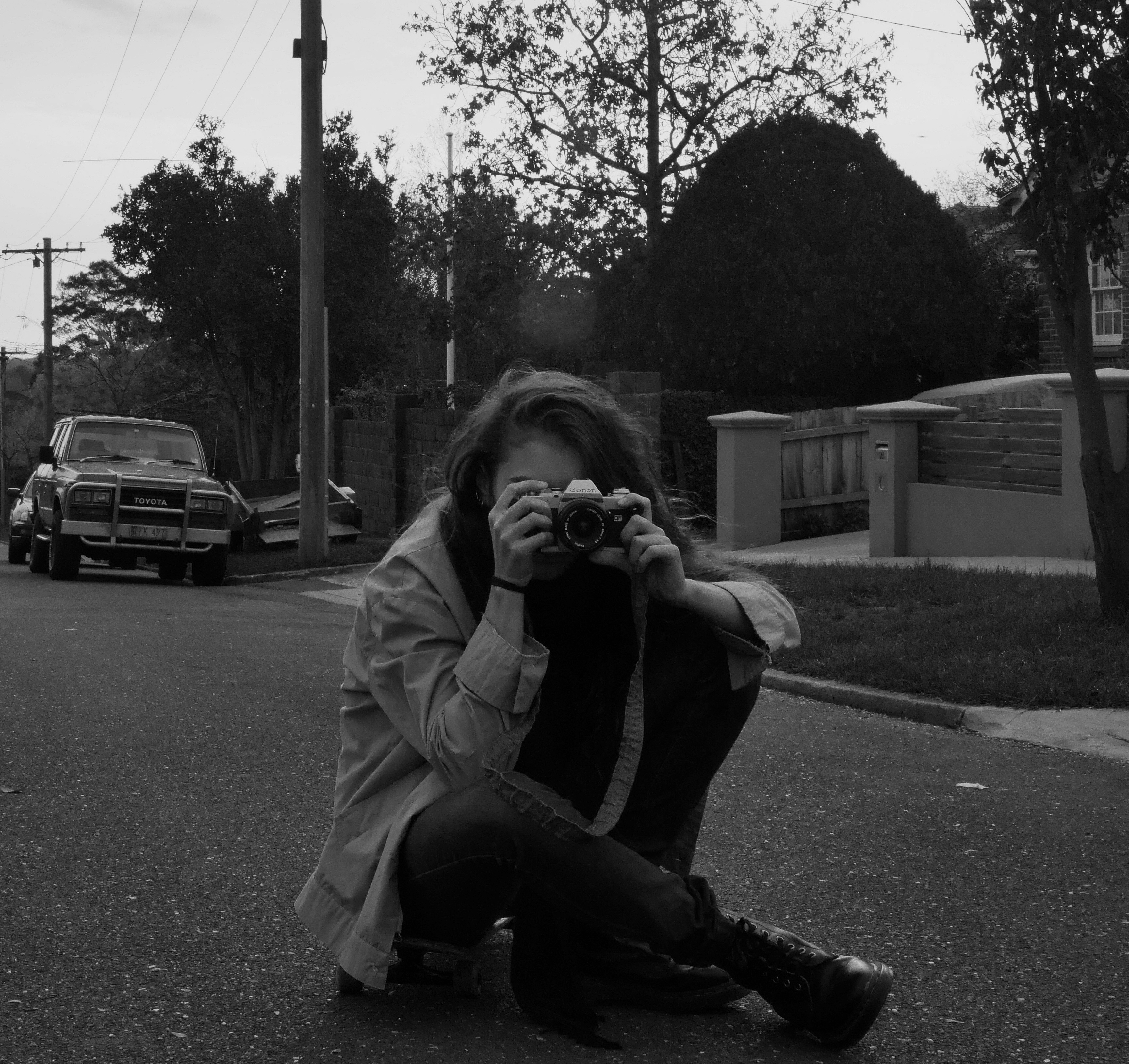Week 4b – Media Initiative ‘Sound’ (31/03/16)
Dear all, please listen to this if you haven’t- it will definitely change the way you think about sound, headphones are needed and yes it really is an experience. I first heard this ‘Virtual 3D’ use of sound around five years ago and haven’t gotten over how amazing it is.
The way the artists uses the microphone as a form of stimulation is amazing but what is more entertaining is how our perceptions and brain functioning do the rest. The use of two microphones to represent left and right create this three dimensional effect partly why this simulation only works with headphones.
They way we can tell the proximity he is to the microphone is because our brain forms cues or rather calculations in the difference of sound intensity. This is called the ‘cetera algorithm’ There’s a lot more complexity in this process and the functions our brain does to process this sound so I suggest you have a look into what the cetera algorithm is, until next time.
“The Cetera technology applies the lessons of virtual audio to advance the state-of-the-art in hearing aids. The sound difference can be as significant as comparing a one-dimensional visual image to 3-D,” – Jerry Ruzicka, president, Starkey Labs.
WEEK 4b – Media Tutorial ‘Sound’ (31/03/2016)
This week’s tutorial focused on the showcase of the classes self-portrait films, secondly a discussion was held on a ‘source’ (documentary sound) ‘Affairs of the Mind’ which focused on a women hiring a private detective. Our lecturer said to take not on five important characteristics.
- Perspective
- Social Distance
- Figure, Ground, Field
- Intimacy
- Immersion
Notes for when recording: Best signal -12, -6Db ‘gain’ *in regards to microphone levels (L & R)
(Collaborative partner; Grace Thomas) Our Informal Interview was recorded in the hub of building 8. The atmos contained a lot of conversations, movement and other central sounds which can be easily heard in the background. The gain was brought down slightly to peak around -12 so that we could cut out slightly more of the atmos although it was informal and allowed to be included. We played around with the proximity of the sound source and distance of the microphone to see which distance worked best (aka best signal to noise ratio).
Our Formal Interview was recorded in a lecture room in building 80 (level) 1, It was a challenge to find a quiet room where we could record something formal without eliminating all atmos but we tried our best and it ended up sounding more professional than we imagined.
To mix my sound I’ll be using Adobe Audition I’ve used the program before working with the Student Youth Network (90.7fm) but haven’t mixed as much audio as I’d like to so this will be fun and definitely a task for which I can learn more about the program especially for future use. In my next ‘activity’ post which I’ll be uploading soon I’ll be writing about the trials I went through when mixing as well as uploading the mixed audio/finished product from this weeks activity. Attached to this post is the raw audio recorded from the condenser microphone.
